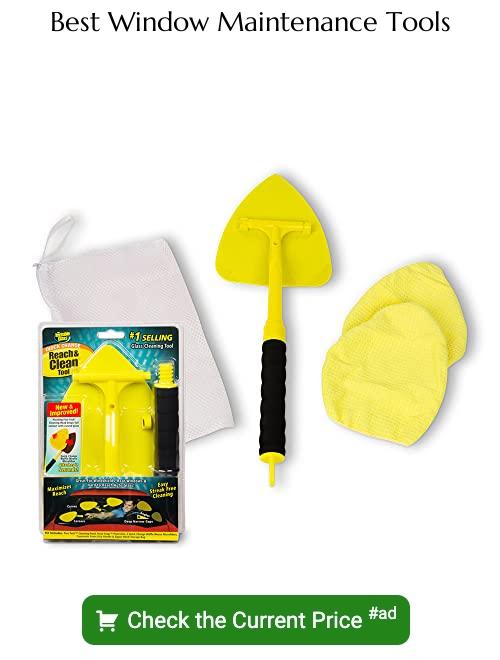Discover the essential components of a window as we delve into its various parts, enhancing your understanding and appreciation for this commonly overlooked architectural feature.
Windows are an essential part of any house. They let in natural light, provide ventilation, and enhance the overall aesthetic of your home.
But have you ever wondered what goes into making a window? What are the different parts that make up this crucial component of your house? In this blog post, we will explore the various parts of a window and their functions. Whether you’re a homeowner looking to learn more about your windows or an industry professional wanting to brush up on your knowledge, this post is for you.
So let’s dive in and take a closer look at the anatomy of a window!
Key takeaways:
- Frames: Provide structural support, made of wood, vinyl, aluminum, or fiberglass.
- Sash: Moves within the frame for ventilation and cleaning.
- Glazing: Lets in light, available in single, double, or triple-pane for insulation.
- Mullions: Add structural support and aesthetics, divide windows into panes.
- Hardware: Hinges, locks, latches, and opening mechanisms for functionality.
Frame
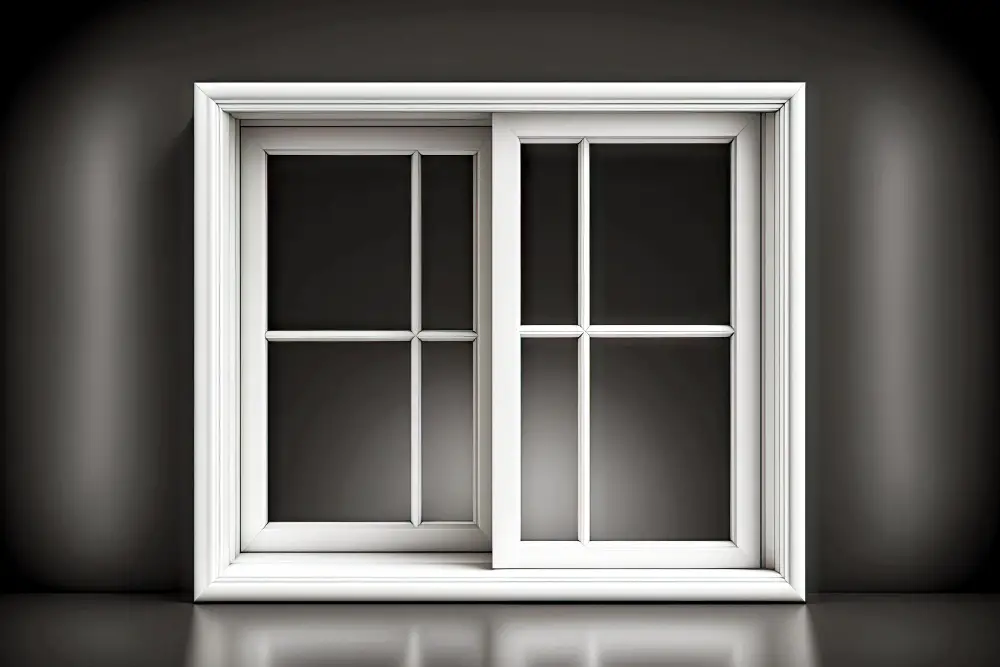
Frame: The frame is the backbone of a window, providing structural support and holding all the other components in place. It can be made from various materials such as wood, vinyl, aluminum or fiberglass.
The most common material used for frames is wood because it’s durable and aesthetically pleasing. However, wooden frames require regular maintenance to prevent rotting or warping due to moisture exposure.
Vinyl frames are another popular option because they’re low-maintenance and energy-efficient. They don’t require painting or staining like wooden frames do but may not have the same aesthetic appeal.
Aluminum and fiberglass are also commonly used for their durability but may not provide good insulation compared to other materials.
Frames come in different shapes such as rectangular, square or arched depending on your preference and architectural style of your home.
Sash
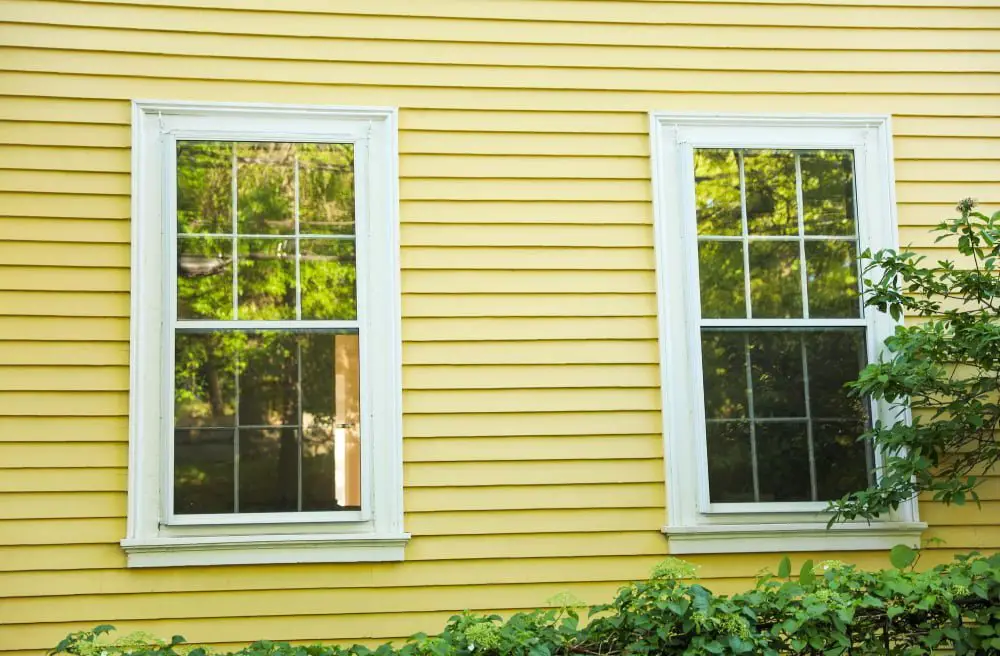
It can be made from different materials such as wood, vinyl, or aluminum. The sash is designed to move up and down or side-to-side within the frame to allow for ventilation and easy cleaning.
Single-hung windows have one movable sash while double-hung windows have two movable sashes that slide past each other. Casement windows feature a hinged sash that swings open like a door, while sliding windows glide horizontally on tracks.
The design of the window’s sashes plays an important role in its overall functionality and aesthetic appeal. Homeowners can choose from various styles depending on their preferences and needs.
Understanding how your window’s components work together will help you make informed decisions when it comes time for repairs or replacements.
Glazing
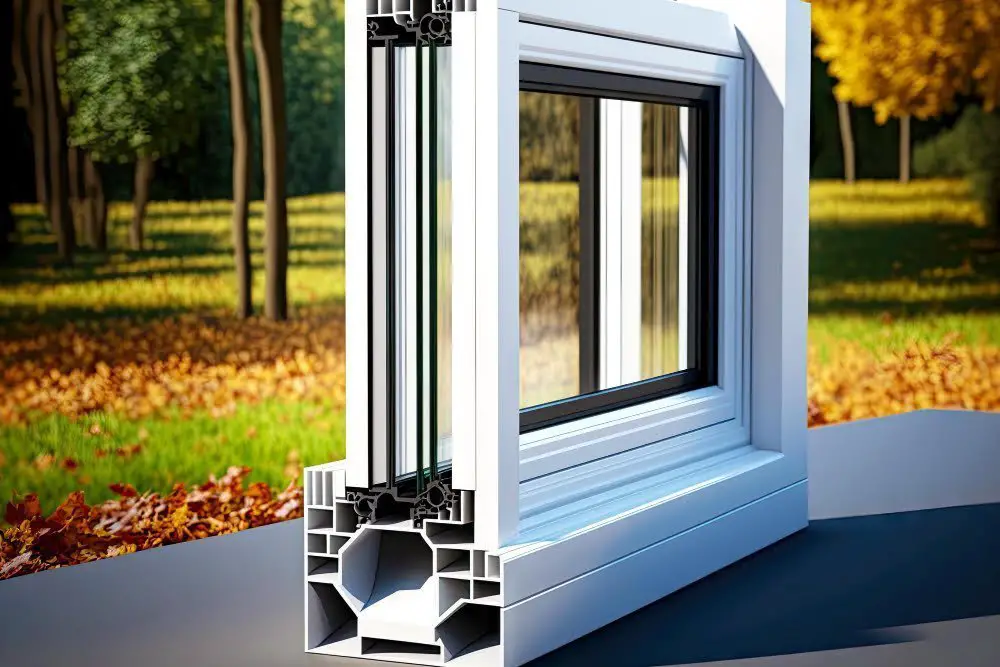
It’s what allows natural light to enter your home while keeping out unwanted elements like wind, rain, and snow. Glazing comes in different types and thicknesses depending on the desired level of insulation or energy efficiency.
Single-pane glazing was once common but has since been replaced by double-paned windows that have two layers of glass with an insulating layer between them. Triple-pane windows are also available for even greater energy efficiency.
Low-E (low-emissivity) coatings can be added to glazing to reduce heat transfer through the window, making it more efficient at retaining heat during colder months and reflecting sunlight during warmer months.
In addition to its functional purposes, glazing can also enhance the aesthetic appeal of a window with decorative options such as frosted or stained glass panes.
Mullions
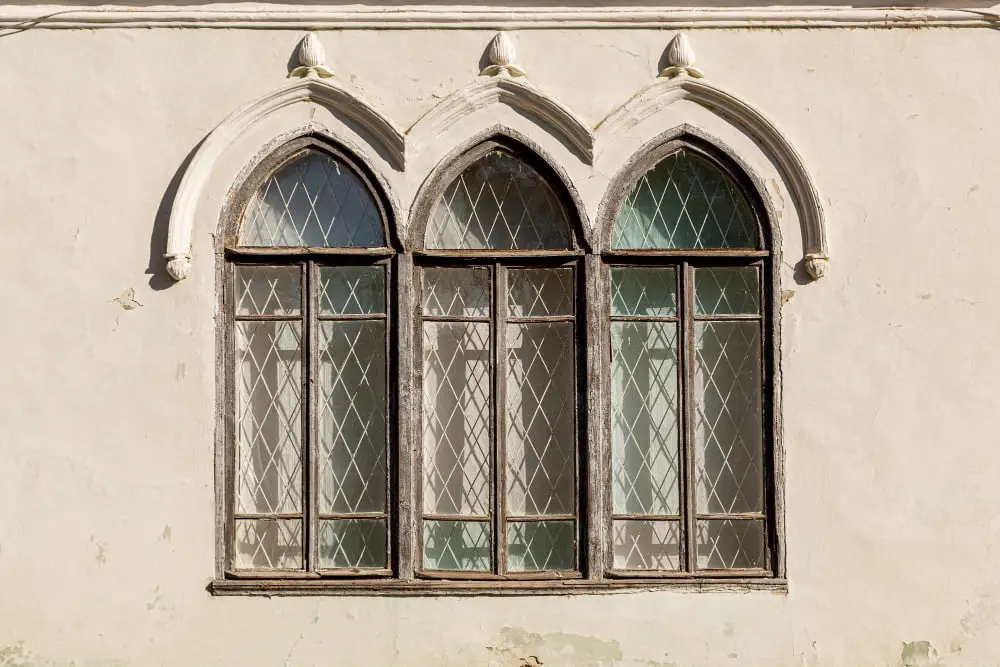
They can be made of wood, metal, or vinyl and serve both functional and aesthetic purposes. Mullions provide structural support to the window frame by adding rigidity to the overall structure.
They can enhance the visual appeal of your windows by creating interesting patterns and designs.
Mullions come in various shapes and sizes depending on their intended use. For instance, picture windows typically have no mullion while double-hung windows may have one or more mullions dividing them into separate panes.
In addition to providing structural support and enhancing aesthetics, mullions also offer energy-saving benefits as they help reduce heat transfer through the glass panes by breaking up large areas of glass into smaller ones.
Understanding what goes into making a window is crucial for homeowners looking to maintain their homes’ integrity over time while also improving its appearance.
Stiles
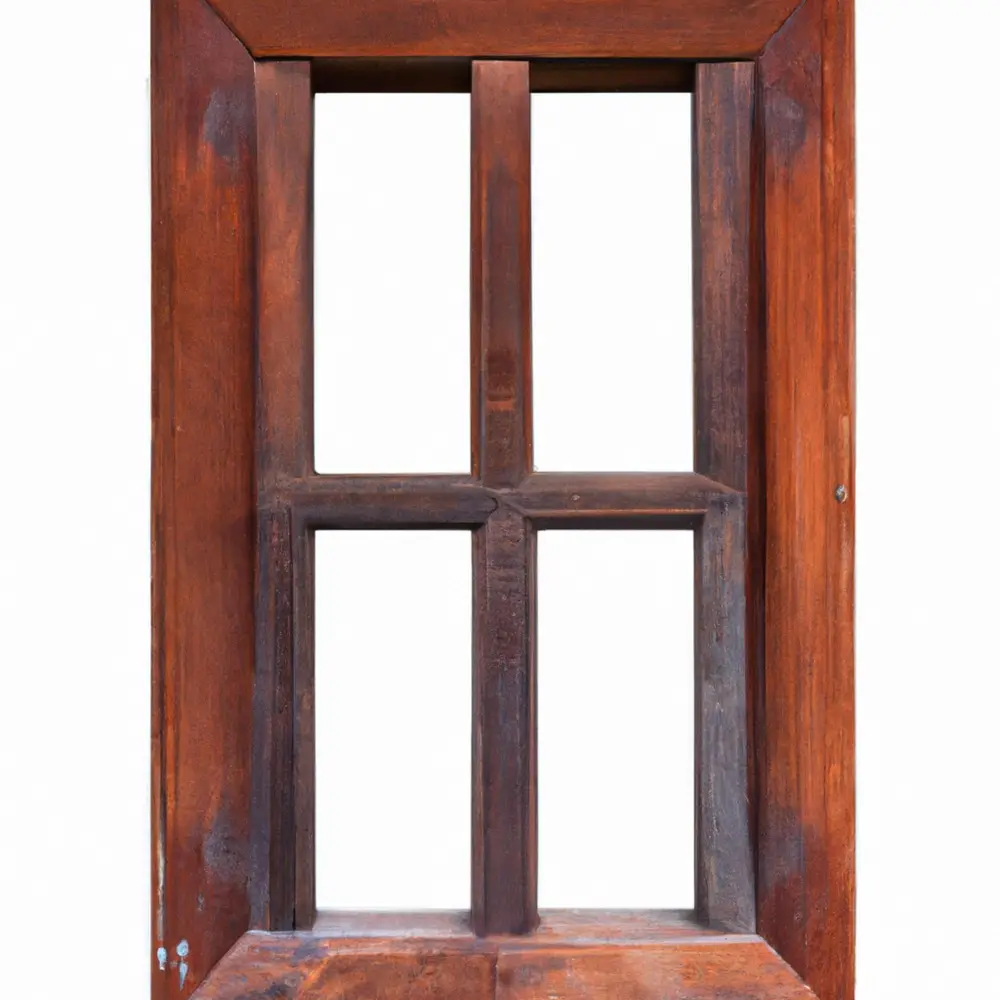
They provide structural support to the window and help keep it in place. Stiles can be made from various materials, including wood, vinyl, aluminum or fiberglass.
The stile is an essential part of any window as it helps to hold everything together and provides stability against wind loads and other external forces. The thickness of a stile varies depending on its size and material used in construction.
In addition to providing structural support for your windows, stiles also play an important role in enhancing their aesthetic appeal. You can choose from different styles such as flat or curved profiles that complement your home’s architectural design.
When selecting new windows for your home or replacing old ones with newer models, consider choosing those with sturdy stiles made from high-quality materials like fiberglass or vinyl which offer excellent durability while requiring minimal maintenance over time.
Rails
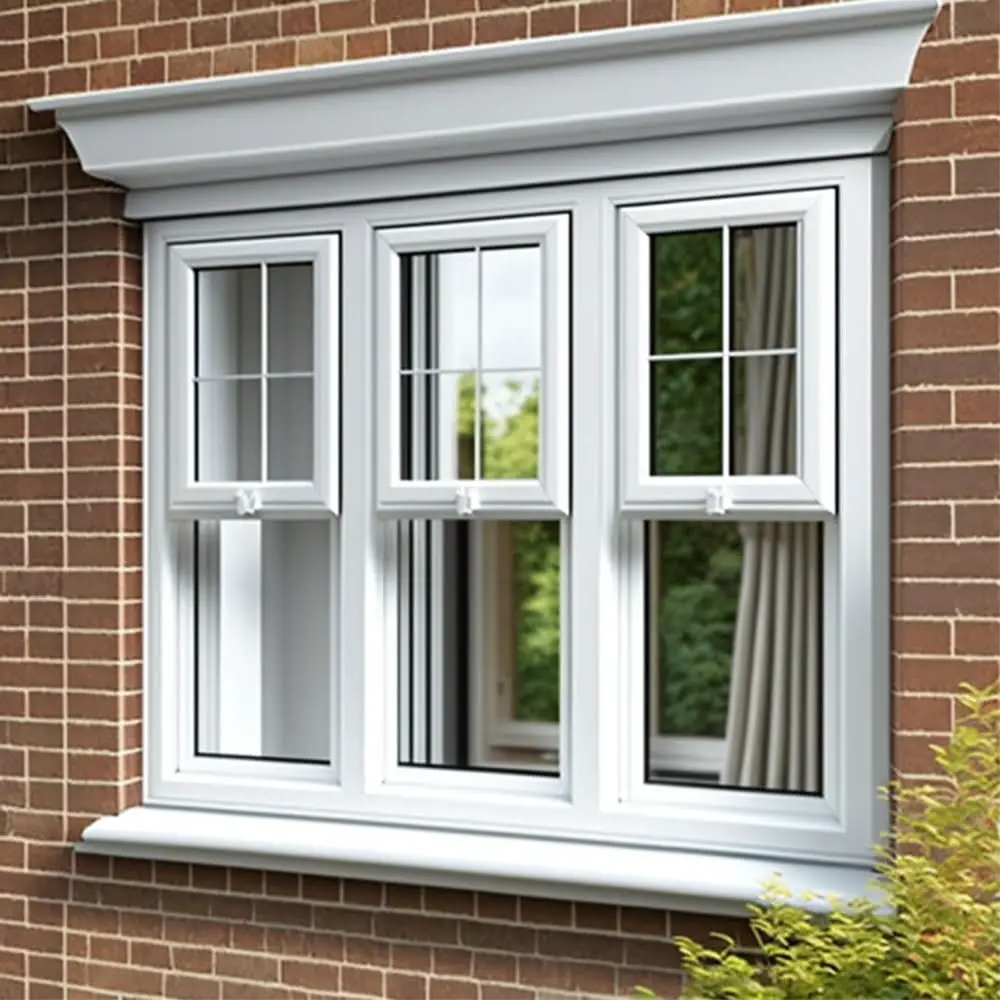
They can be found on both single and double-hung windows, as well as sliding windows. Rails play an essential role in keeping your window sturdy and secure.
The bottom rail is particularly important for double-hung windows because it supports the weight of the lower sash when it’s open. The top rail also plays a crucial role in securing your window by holding onto hardware like latches or locks.
When choosing new windows, consider investing in thicker rails to ensure durability and longevity. Thicker rails provide more stability to your window frames, making them less likely to warp or bend over time.
Glasspanes
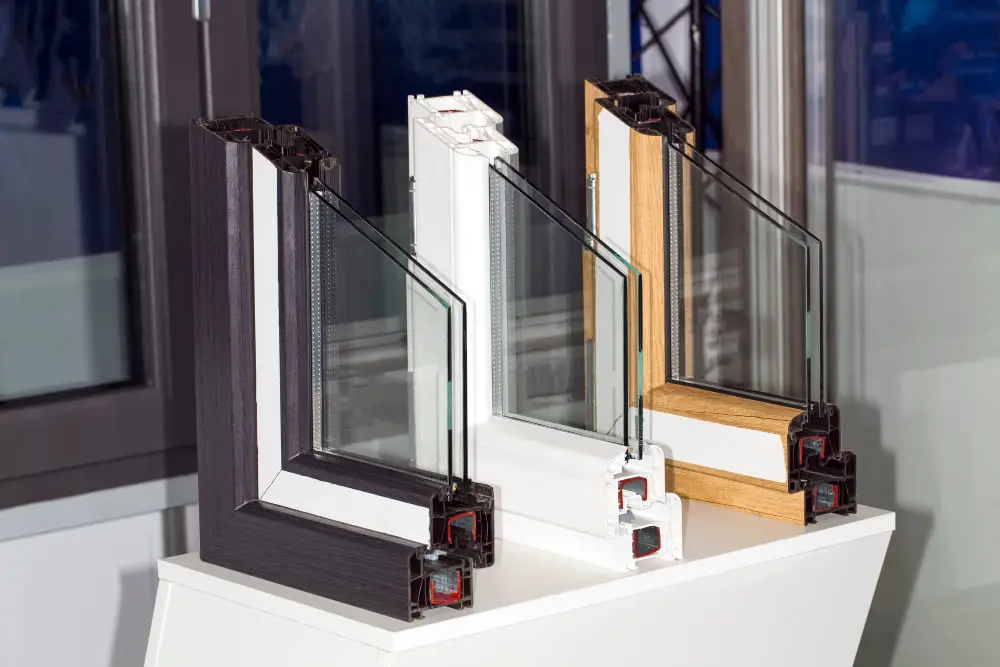
They come in various shapes, sizes, and thicknesses to suit different needs. Single-pane windows were once common but have since been replaced by double- or triple-pane glass for better insulation.
Double-paned windows consist of two sheets of glass with an insulating layer between them that helps reduce heat transfer through the window. Triple-paned windows take this concept further by adding another sheet of glass and more insulating layers to provide even greater energy efficiency.
Low-E (low-emissivity) coatings can be applied to the surface of these panes to reflect infrared light while allowing visible light into your home. This feature is especially useful during hot summers when you want natural light without excessive heat gain.
Casing
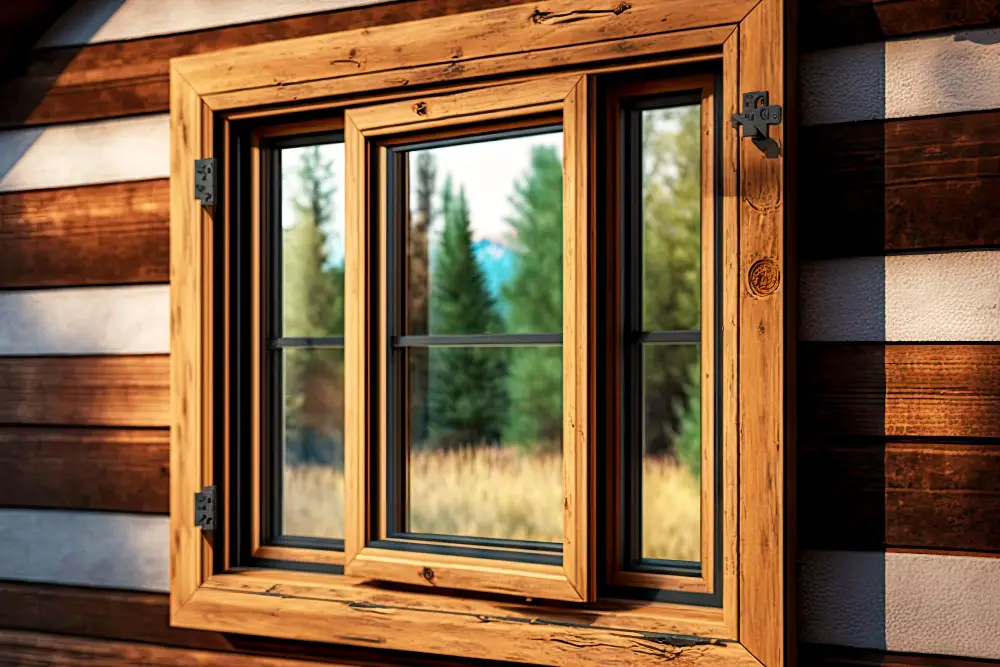
It serves to conceal the gap between the window frame and wall, providing a finished look to your windows. Casing can be made from various materials such as wood, vinyl or composite material.
The style of casing you choose can have a significant impact on your home’s overall aesthetic appeal. Traditional homes often feature ornate casings with intricate details while modern homes tend towards simpler designs with clean lines.
In addition to its decorative function, casing also helps protect against air infiltration around windows by sealing gaps between the frame and wall. This improves energy efficiency in your home by reducing drafts which ultimately leads to lower heating bills during winter months.
Latches
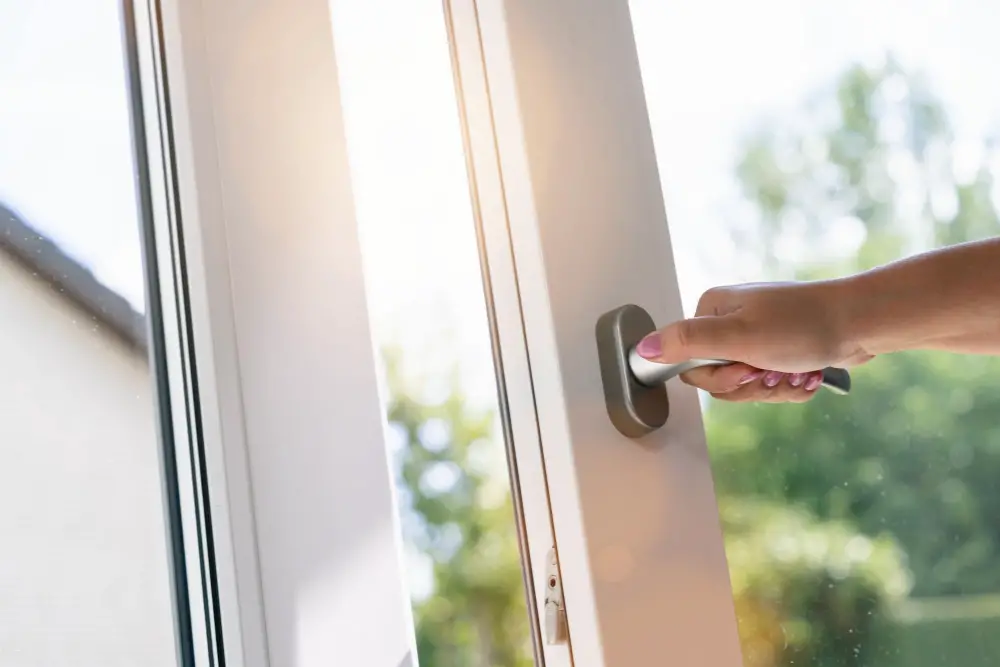
They come in various shapes and sizes, but their primary function is to keep the sash in place. Latches can be operated manually or automatically, depending on the type of window.
Manual latches require you to physically move them into position by sliding or turning them. Automatic latches use a spring-loaded mechanism that engages when you close the window and disengages when you open it again.
Some windows have multiple latches for added security, while others only have one central latch. It’s important to ensure your windows’ latching mechanisms are functioning correctly as they play a crucial role in keeping your home safe from intruders and preventing drafts.
In addition to traditional manual and automatic options, there are also childproof locks available for families with young children who may be tempted to climb out of an open window.
Sill
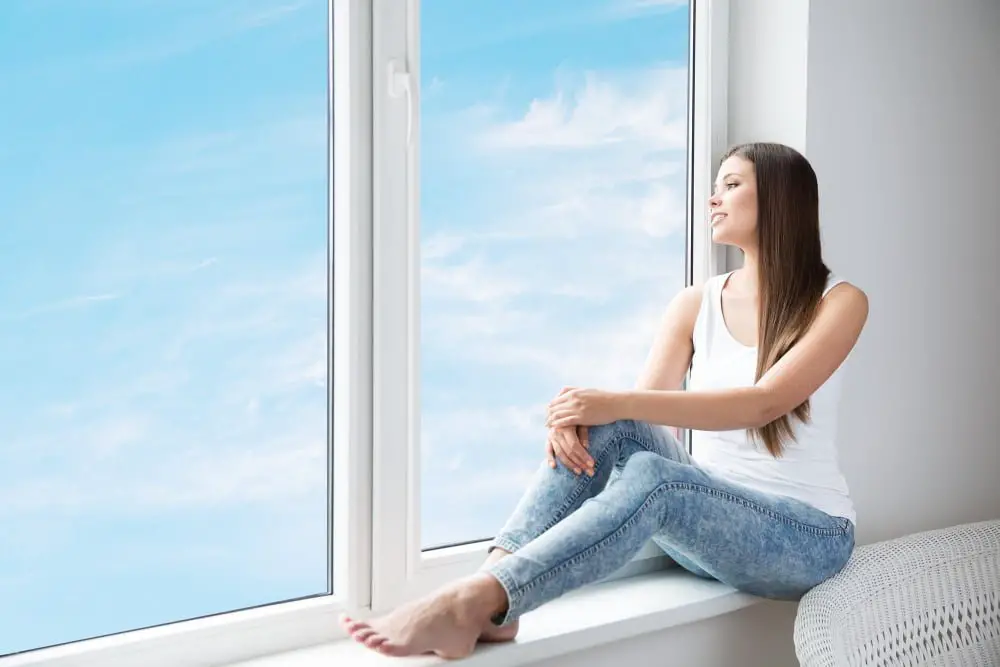
It serves as a support for the entire structure and helps to keep water out of your home. The sill can be made from various materials, including wood, vinyl, aluminum or fiberglass.
One important thing to note about sills is that they need to be properly installed and maintained in order to prevent water damage. If your windows are not properly sealed or if there are cracks in the sill, rainwater can seep into your home causing significant damage over time.
To ensure proper installation and maintenance of sills, it’s best to hire a professional who has experience working with windows. They will know how to install them correctly so that they provide maximum protection against moisture intrusion.
Regular cleaning and inspection of sills should also be done by homeowners themselves as part of their routine maintenance tasks for their homes’ upkeep. This way any issues with seals or cracks can quickly be identified before they become bigger problems down the line.
Jamb
It provides support for the sash and helps to keep it in place when closed. The jamb also serves as a seal between the interior and exterior walls, preventing drafts from entering your home.
When choosing windows, it’s important to consider not only their aesthetic appeal but also their functionality. A well-designed window should be easy to operate while providing adequate insulation against outside elements such as wind, rain or snow.
The type of material used for your windows’ jambs can affect its durability and energy efficiency. Wooden jambs are common in traditional homes but require regular maintenance due to rotting or warping over time; vinyl or fiberglass options offer better resistance against weathering without compromising on style.
Understanding what goes into making a quality window is crucial when selecting new ones for your home renovation project or replacement needs.
Opening Mechanisms
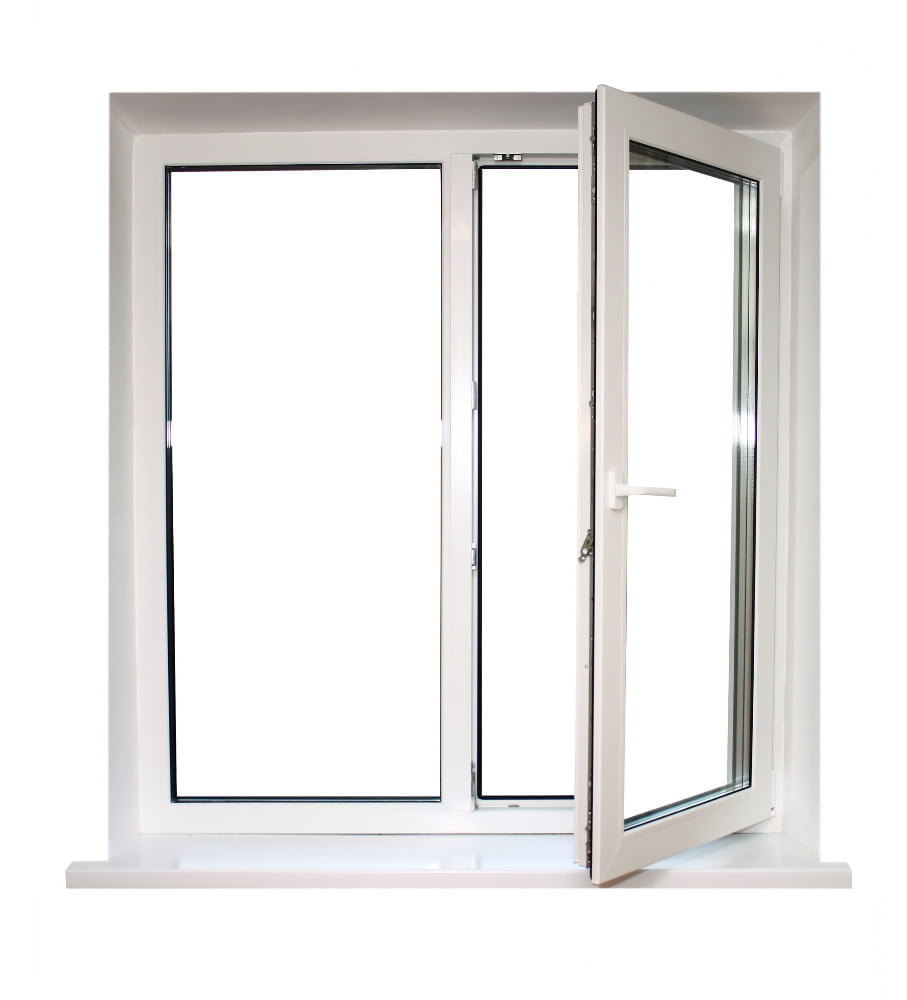
They allow you to control the amount of air and light that enters your home, making them a crucial component in maintaining a comfortable living environment. There are several types of opening mechanisms available, each with its unique advantages and disadvantages.
The most common type is the single-hung window, which features two sashes – one fixed at the top and one movable at the bottom. The movable sash can be raised or lowered to adjust ventilation levels as needed.
Double-hung windows operate similarly but feature two movable sashes that can be adjusted independently for greater flexibility in controlling airflow.
Casement windows open outward like doors using hinges on either side, providing excellent ventilation while also allowing for unobstructed views when fully opened.
Sliding windows slide horizontally along tracks built into their frames; they’re ideal for spaces where vertical clearance is limited or where it’s challenging to reach over a sill to open/close them manually.
Awning-style windows hinge from their tops and swing outwards from below; they’re perfect for areas prone to rain since they provide protection against water infiltration even when partially opened.
Hardware
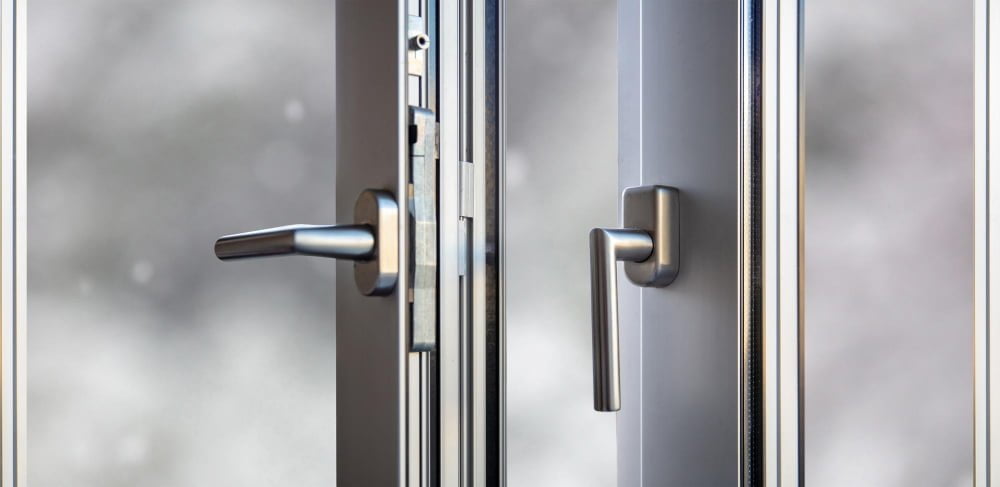
The hardware includes hinges, locks, latches, and opening mechanisms that enable you to open or close your windows with ease. Hinges are used to attach the sash to the frame while allowing it to pivot when opened or closed.
Locks and latches keep your windows securely shut when not in use.
Opening mechanisms vary depending on the type of window you have installed in your home. For example, casement windows typically use a crank mechanism that opens them outwards from one side while sliding windows move horizontally along tracks using rollers.
When choosing hardware for your new or replacement windows, consider factors such as durability and security features like keyed locks if safety is a concern in your area.
Weatherstripping
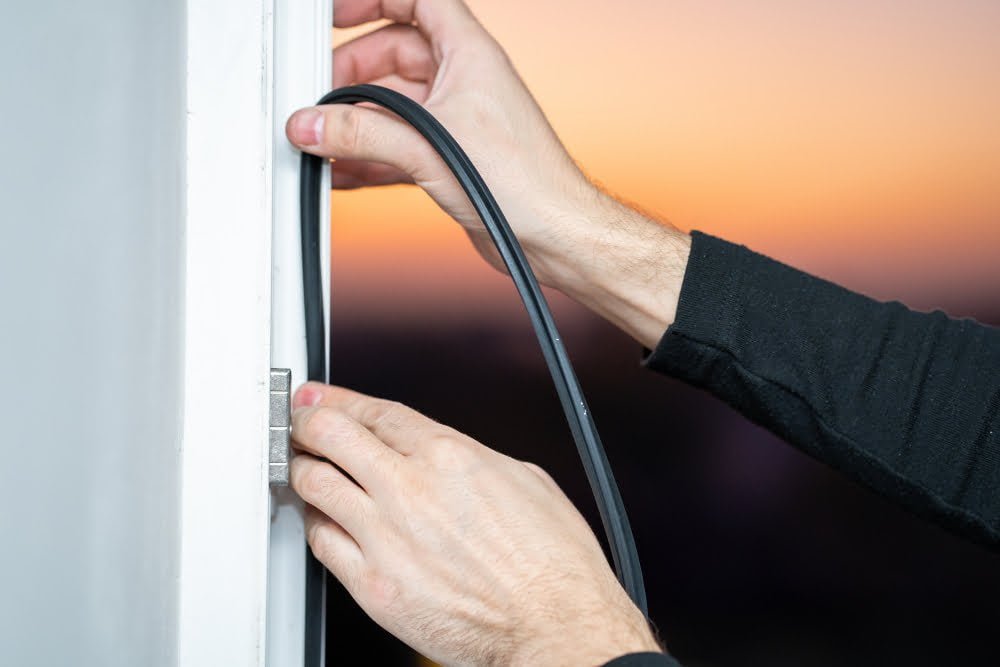
It’s a thin strip of material that seals the gap between the sash and frame, creating a barrier against air infiltration. Weatherstripping can be made from various materials such as foam, vinyl, or rubber.
The type of weatherstripping you choose will depend on your specific needs and budget. Foam weatherstripping is affordable but not very durable; vinyl weatherstripping lasts longer but may not provide adequate insulation in extreme temperatures.
It’s important to inspect your windows regularly for signs of wear or damage to the weather stripping. If you notice any gaps or cracks in the sealant around your windows, it’s time for replacement.
Grilles
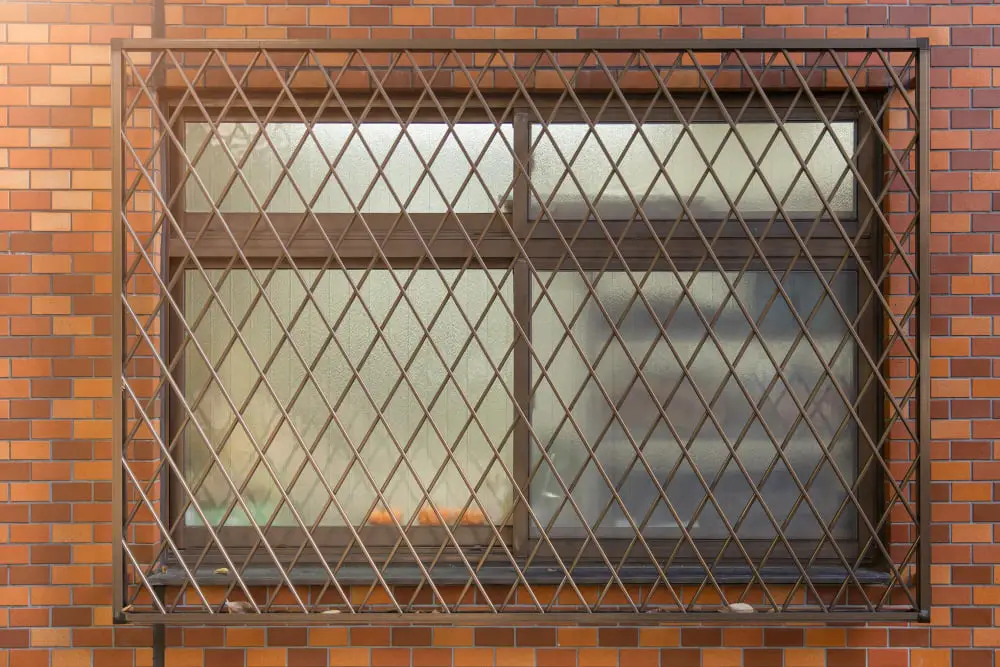
They consist of horizontal and vertical bars that divide the glass into smaller panes, giving the window a classic look. Grilles can be made from various materials such as wood, vinyl or aluminum and come in different styles to match your home’s architectural design.
Apart from their aesthetic appeal, grilles also serve practical purposes such as providing additional security by making it harder for intruders to break into your house through the window. They can help prevent accidents by making large windows more visible and reducing the risk of someone accidentally walking through them.
If you’re looking for an easy way to enhance the appearance of your windows while adding an extra layer of protection at the same time, consider installing grilles on them.
Screens
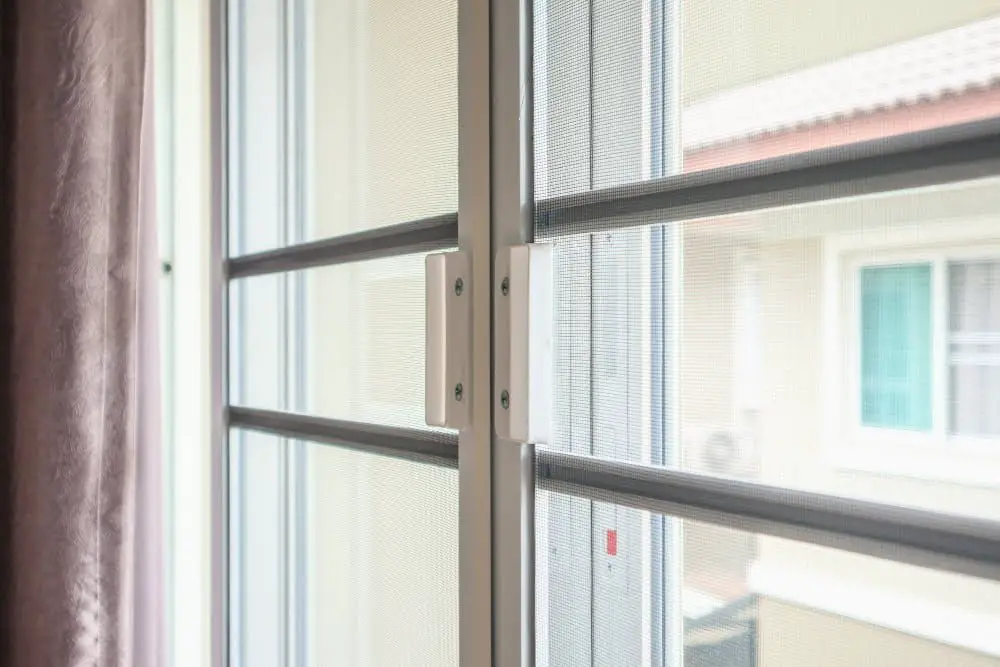
They come in various materials such as aluminum, fiberglass, or stainless steel mesh. Screens can be installed on the interior or exterior side of a window frame and can be easily removed for cleaning.
When selecting screens for your windows, it’s important to consider their durability and resistance to wear and tear. Fiberglass screens are known for being long-lasting with minimal maintenance required.
Stainless steel mesh is another popular option that offers superior strength against damage from pets or children.
In addition to their practical benefits, screens also add aesthetic value by complementing the overall design of your windows. You can choose from different colors and styles that match the look you want for your home.
Reinforcement Bars
These metal bars are used to reinforce the frame and sash of a window, providing additional strength and durability. Reinforcement bars can be made from various materials such as steel or fiberglass.
The primary purpose of these reinforcement bars is to prevent warping or bending in the frame due to external forces like wind pressure. They help maintain the structural integrity of your windows over time by preventing them from sagging under their weight.
When choosing new windows for your home, it’s important to consider whether they have reinforced frames and sashes with high-quality rebar material that will withstand harsh weather conditions without compromising on performance.
While often overlooked by homeowners when considering new windows for their homes; reinforcement rods play an integral role in ensuring that your house remains structurally sound over time.
Hinges
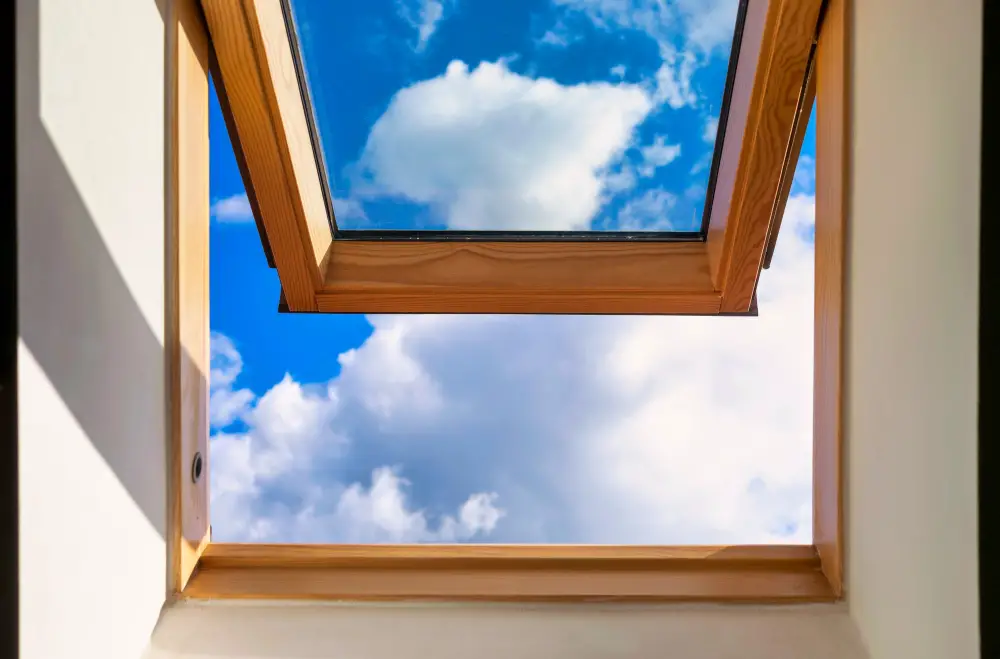
They come in various types, including butt hinges, casement hinges, and pivot hinges. Butt hinges are the most common type of hinge used for windows as they provide a simple yet effective way to attach the sash to the frame.
Casement windows use casement or crank-out style hinges that allow them to swing outwards like a door. These types of windows offer excellent ventilation control but require regular maintenance due to their moving parts.
Pivot Hinges are another popular option for modern-style homes with large glass panels that need support from top-to-bottom instead of side-to-side like traditional hinged windows.
Locks
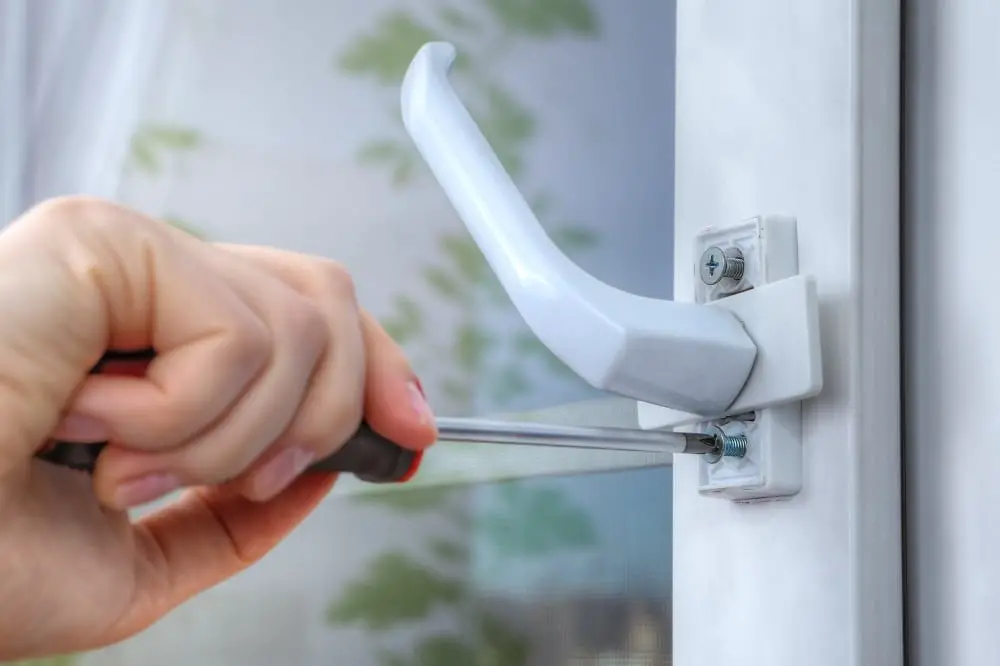
They come in various types, including sash locks, cam locks, and sliding window locks. Sash locks are the most common type used on double-hung windows and consist of a latch that secures the sashes together when closed.
Cam locks work by rotating a lever or key to engage or disengage the lock mechanism.
Sliding window locks are designed specifically for horizontal sliding windows and can be installed on both single-paned as well as double-paned units. These types of locking mechanisms typically feature a bar that slides into place to secure one side of the slider against another.
Low-E Glass
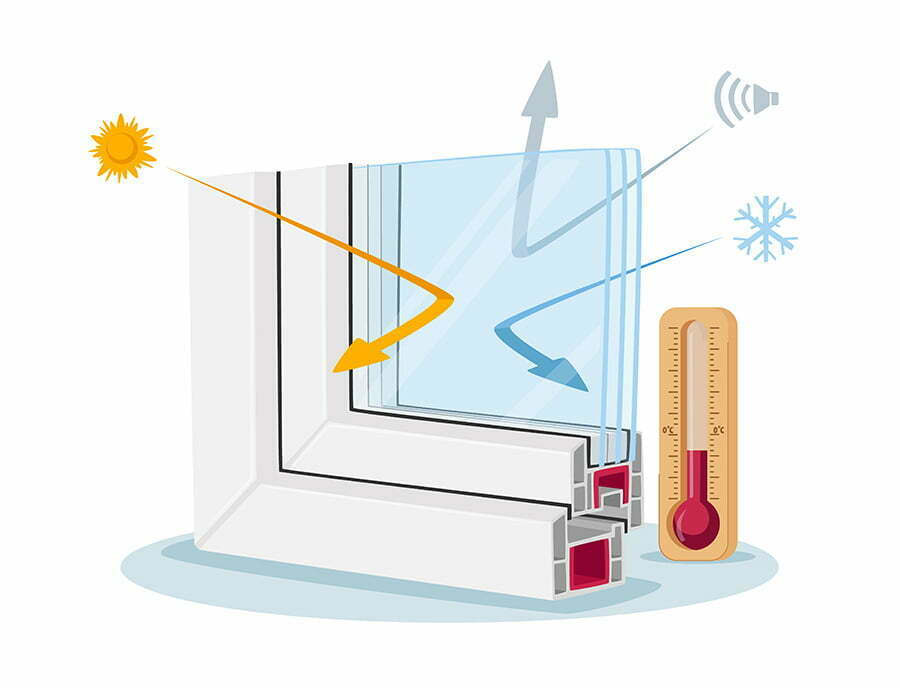
The “E” stands for emissivity, which refers to the ability of a material to radiate energy. Low-E glass has a special coating that helps reduce heat transfer through windows, making it an excellent choice for homeowners looking to improve their home’s energy efficiency.
This type of glass works by reflecting infrared light back into your home during the winter months when you want to keep warm air inside. During summer months when you want your house cooler, low-e coatings reflect solar radiation away from your windows and prevent excess heat from entering.
In addition to its insulating properties, low-e glass also reduces glare and blocks harmful UV rays that can fade furniture and carpets over time. It’s available in different levels of tinting or shading depending on how much natural light you prefer.
If you’re looking for ways to make your home more comfortable while reducing energy costs at the same time – consider upgrading with Low-E Glass!
FAQ
What are the opening parts of a window called?
The opening parts of a window are called the casement, stile, jamb, and cill (or sill).
What are the different types of window frames and their materials?
Different types of window frames include materials like aluminum, wood, vinyl, and fiberglass.
How do various window locking mechanisms work in providing security?
Various window locking mechanisms provide security by using latches, key-operated locks, or multiple-locking points to firmly secure the window frame and deter unauthorized access.
What are the most energy-efficient window designs and their features?
Most energy-efficient window designs include double-glazed or triple-glazed windows, low-emissivity glass coatings, inert gas fillings, and appropriate frame materials such as vinyl or fiberglass.
Related Stories
- Aluminum Slider Window Parts: Essential Buying Guide for Replacement & Repair
- How to Identify Window Manufacturer: Easy Guide for Quick Identification
- What Is a Window Jamb?
- Clad Window: Comprehensive Guide on What It Is & Its Advantages
- What Is a Picture Window?
Recap
